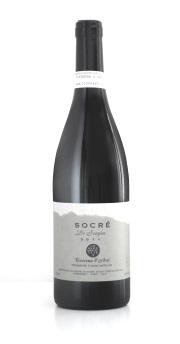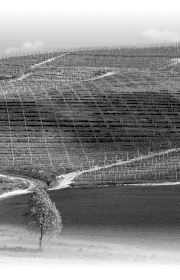In Cisterna d’Asti (between Monferrato and Roero), next to traditional and tested Barbera, and Croatina we grow vineyards of cabernet sauvignon and merlot. The land in Cisterna d’Asti is very hilly, and the slopes are exposed to the south east at an altitude between 240 and 270 m above sea level; the texture of the soil is clayey-sandy on a mainly calcareous base. This is a total of about 2 hectares of land.
The village

The town of Cisterna d’Asti is characterized by the dominant silhouette of the castle, and it is a typical example of an hilltop village of ancient origin, once surrounded by walls and natural embankments (the castle and the “villa”). Agricultural boroughs grew outside of the town and the gates, gradually, along access roads.
Do not miss in Cisterna
- Il Museo Arti e Mestieri di Cisterna
- Open Castles/Viaggio nelle terre del Basso Piemonte (Sundays in spring and autumn)
- Cisterna d’Asti wine fest (last Sunday of June)
- Mercandé (first Sunday of October, by Madonna del Rosario), with “Aleramic market”, tasting of local products.
Info: Comune di Cisterna d’Asti (+39 0141 979124)
Geologic conditions
The hilly territory of Cisterna belongs morphologically and geologically to the area of Roero (Cuneo), which is localized in the Tertiary Basin of Liguria – Piedmont.
Compact sandy soils, that often shape the characteristics of “strongholds”, are related to the period Astian (Upper Pliocene marine deposits which are represented by sand and silt yellowish, moderately fossiliferous).
Since ancient times, the inhabitants of these places used to dig the most solid parts of the hills, at first in order to gain shelters and caves, then storage for food supplies, wine cellars and also wells. Even today, along the country roads, we can encounter big niches carved into this particular “tuff”, where the traveler was sheltered from the rain and farmers could store equipment.
In the town, the caves (“crotin”) are still used as cellars, and sometimes wind over long distances underground, also at different altitudes, until they reach other homes or places. These are arch-based tunnels, not higher than 2.5 m and a width of about 1.5 to 5 meters. Along the sides they can present small niches, hooves, benches or recesses to hold bottles.


